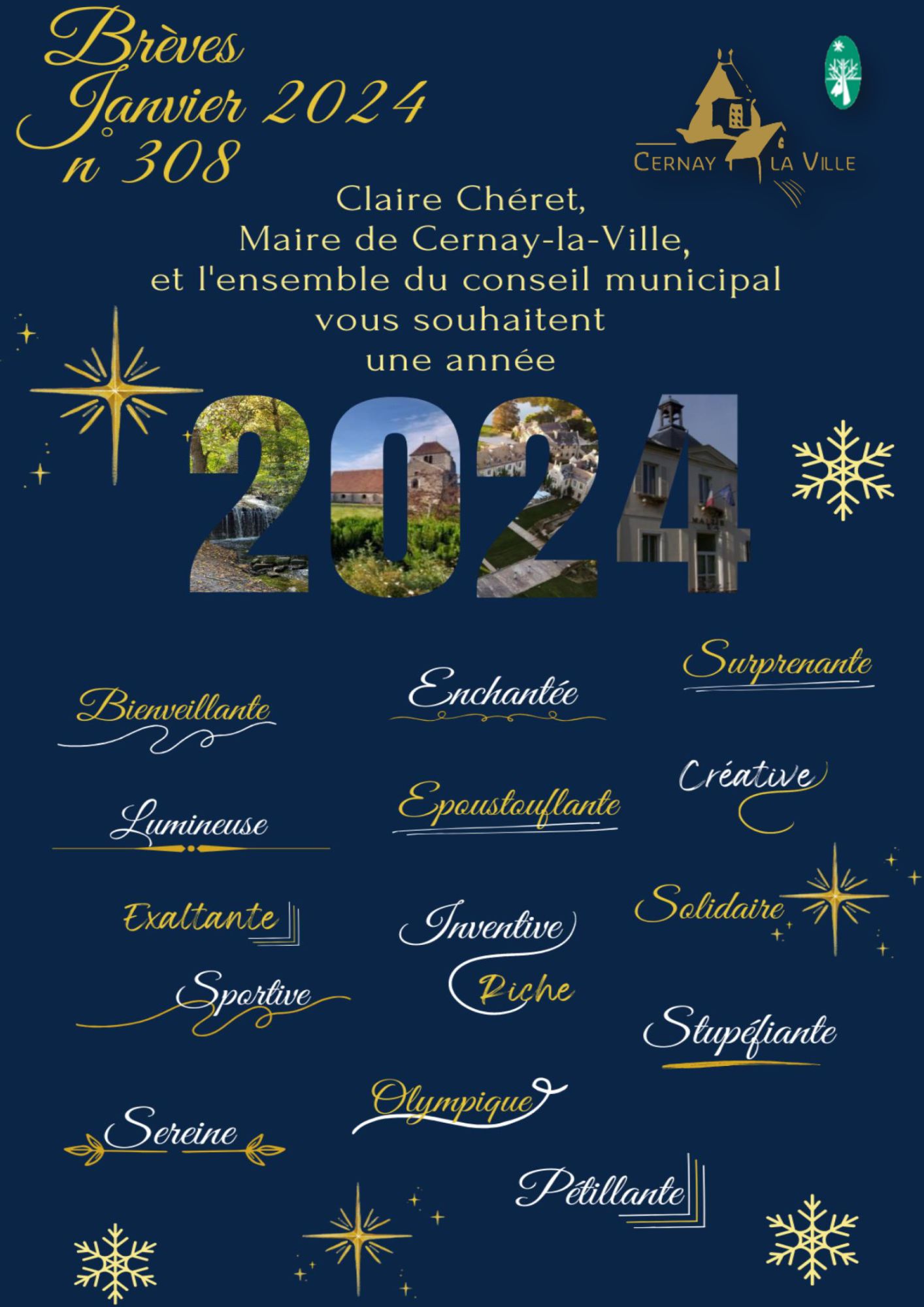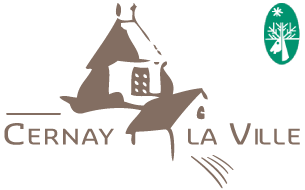  |
|||||||||
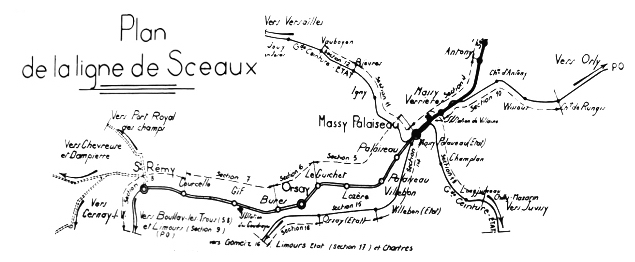
Cernay-la-Ville is situated at about 45 km south-west of Paris and about 20 km south of Versailles in the Chevreuse Valley area. Several hundreds of French and foreign painters came to the area during the second half of the 19th century. But also

Back in those days one of the main activities in Cernay were the quarries where the cobblestones for the Paris boulevards were extracted. The same cobblestones later used by the students during the May 1968 riots. CERNAY TODAY Today, being in the heart of the Natural Park of the Chevreuse Valley, Cernay-la-Ville and its surroundings attract many tourists. Some come just for a Sunday hike in the valley, but also to visit the different castles and monuments all within a 10 km radius.
Cernay-la-Ville still inspires artists today and, culturally speaking, the village is very active by organizing yearly exhibitions of the painters' colony, but also of contemporary artists. |
A landscape painters' colony
- Détails












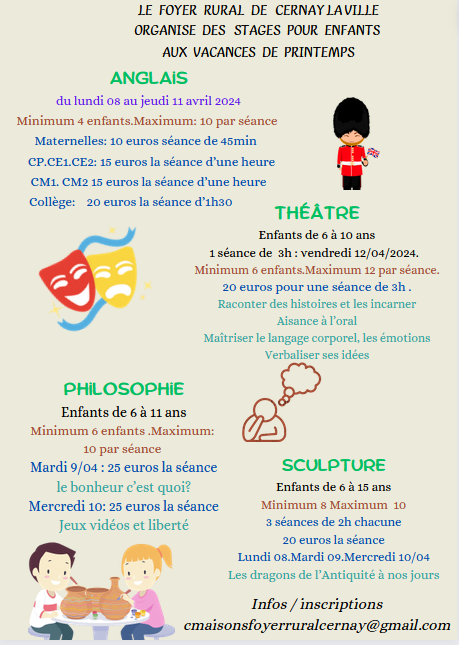
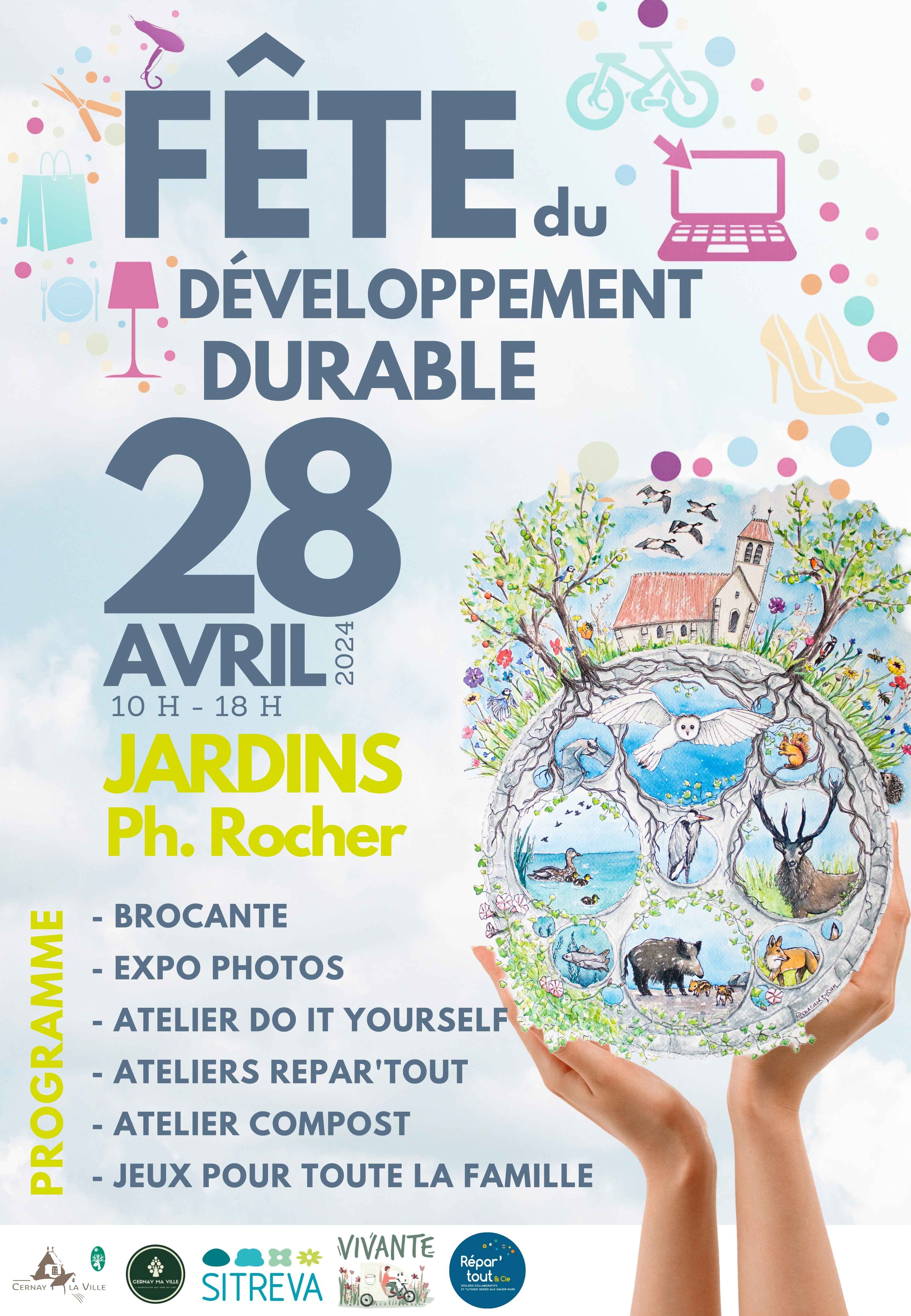




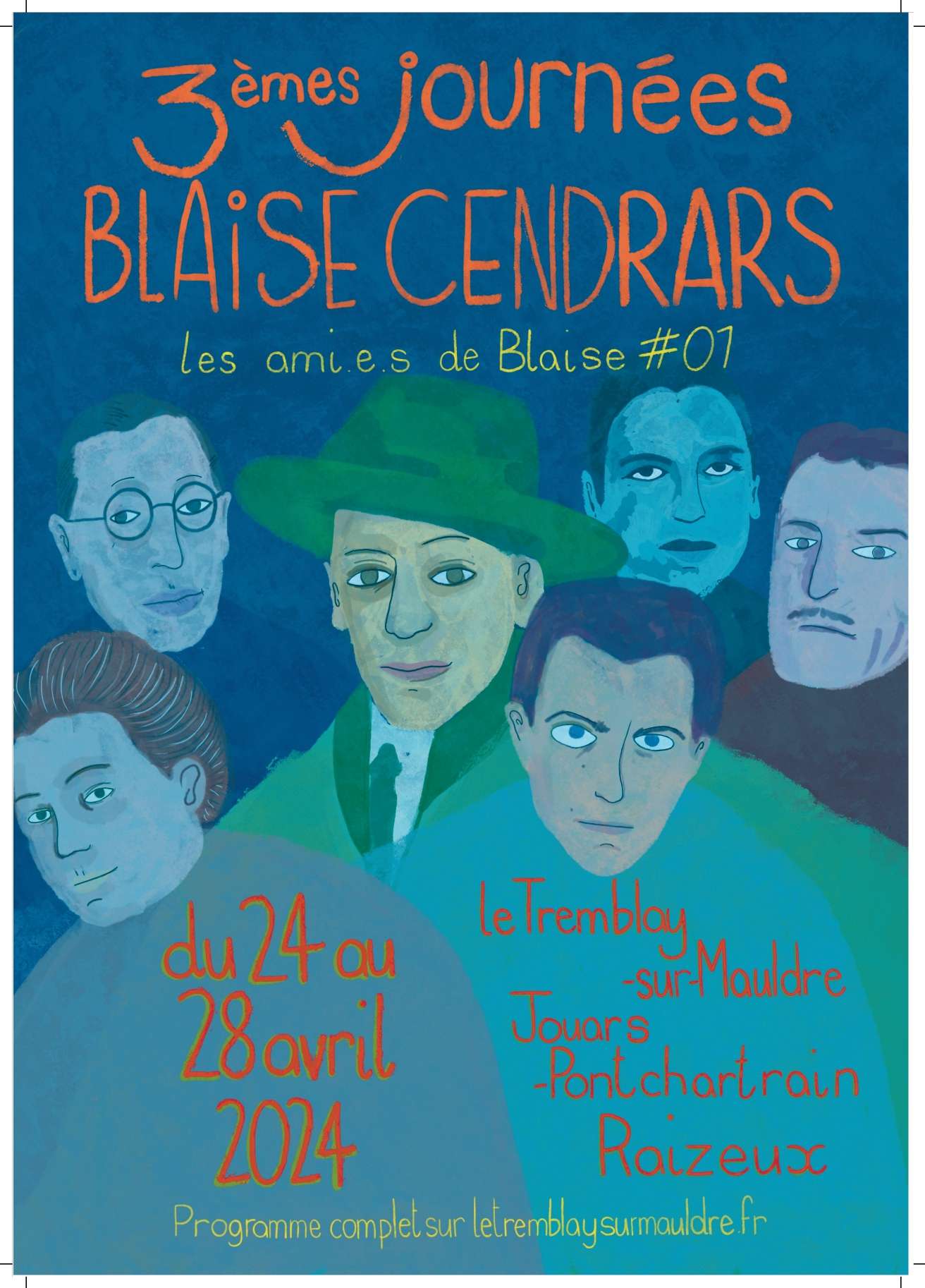




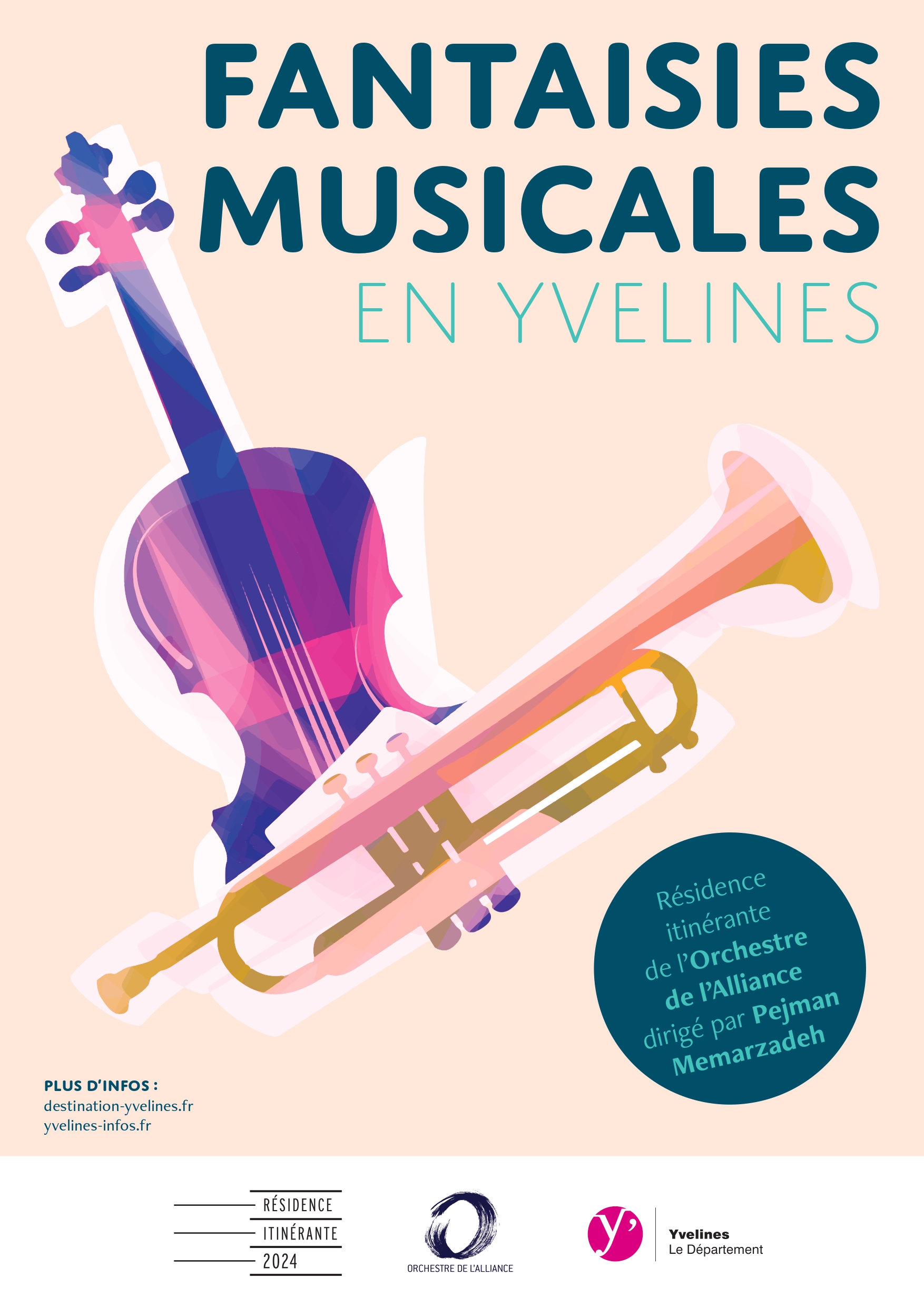


![[Consultation Citoyenne] Nuisances aériennes ✈️ : Exprimez votre opinion par votre vote ! 🗳️ Les nuisances sonores causées par les survols d'avions sont un problème qui affecte notre quotidien. Outre les avions de tourisme en provenance de Toussus-le-Noble, nous devons également faire face au passage de certains avions de lignes au-dessus de notre commune. C'est pourquoi il est crucial que nous exprimions notre opinion et que nous participions activement à la consultation citoyenne en cours. Cette enquête nous offre une opportunité unique de faire entendre nos voix et de contribuer à une proposition visant à réduire les vols et à interdire leur circulation entre 22 h et 6 h sur les aéroports d’Orly, Roissy-CDG, Le Bourget et Beauvais-Tillé. Votre participation est essentielle pour faire avancer cette cause et pour défendre notre droit à un environnement plus calme et respectueux de notre bien-être. Ne manquez pas cette occasion de faire entendre votre voix. 📌 Cliquez sur le lien ci-dessous pour participer dès maintenant : https://opensourcepolitics.limesurvey.net/ConsultationNuisancesAeriennes (lien en bio) 🌟Ensemble, nous pouvons faire la différence🌟 Merci pour votre engagement et votre contribution à cette importante initiative. Cette consultation est organisée par l’association C.E.C.C.T4 (Le C.E.C.C.T4 (collectif d’élus pour le climat contre le Terminal 4 - extension Roissy Charles de Gaulle) #consultation #consultationcitoyenne #nuisancessonores #oncomptesurvous #mobilisation](/cache/mod_ut_joomstagram/mairiedecernaylaville/media/C4gKooCtdyq_320.jpg)





